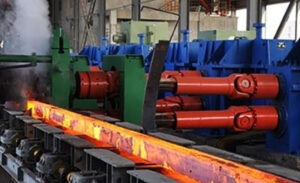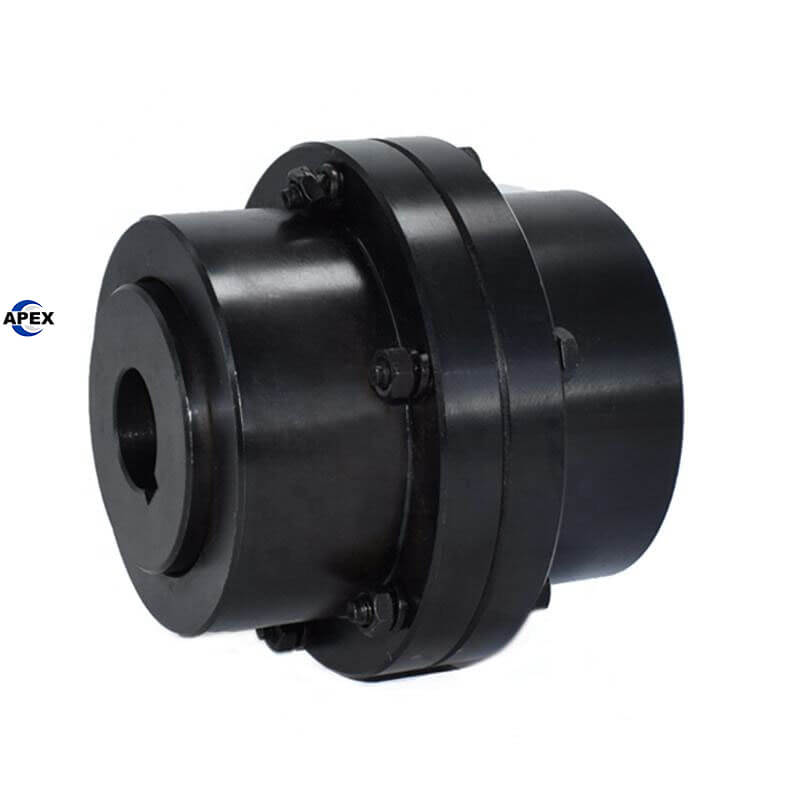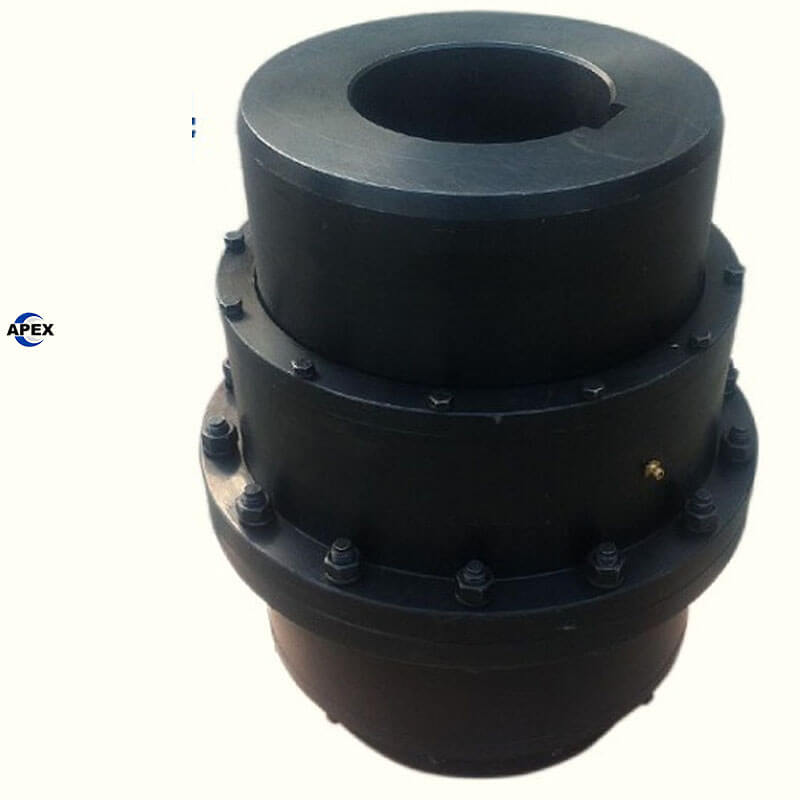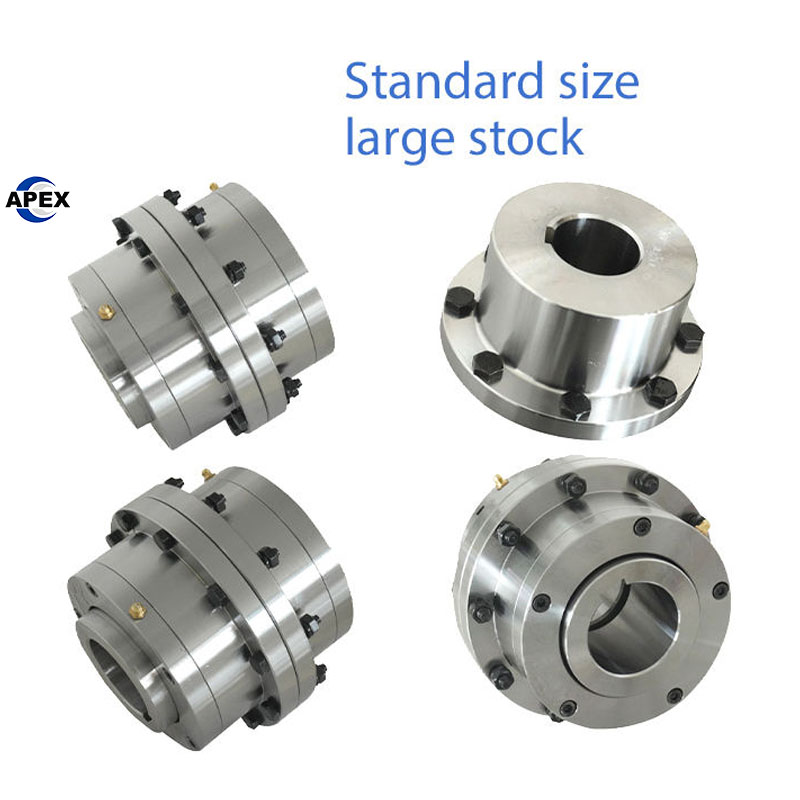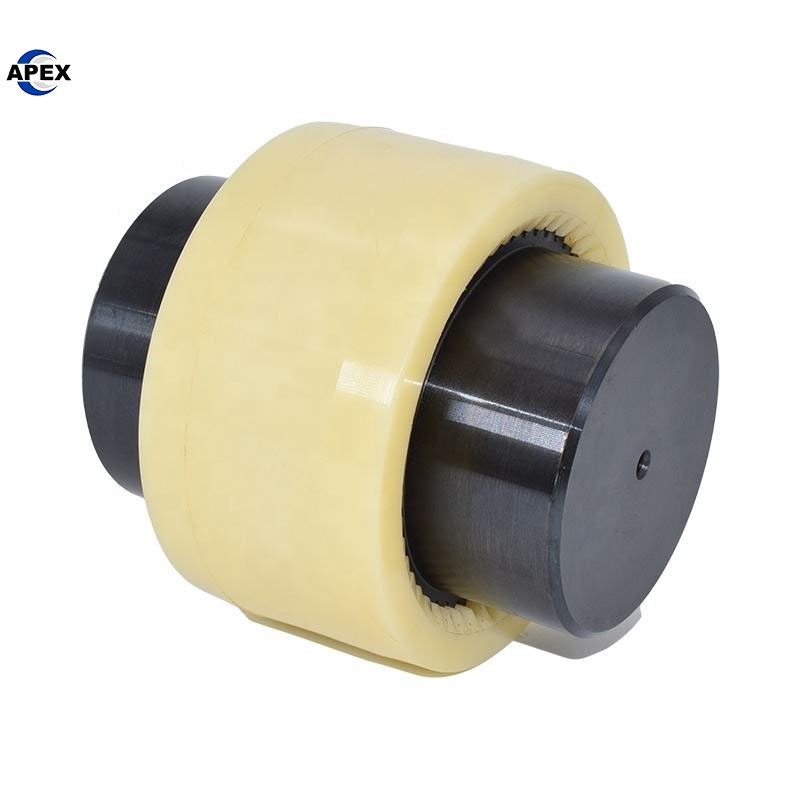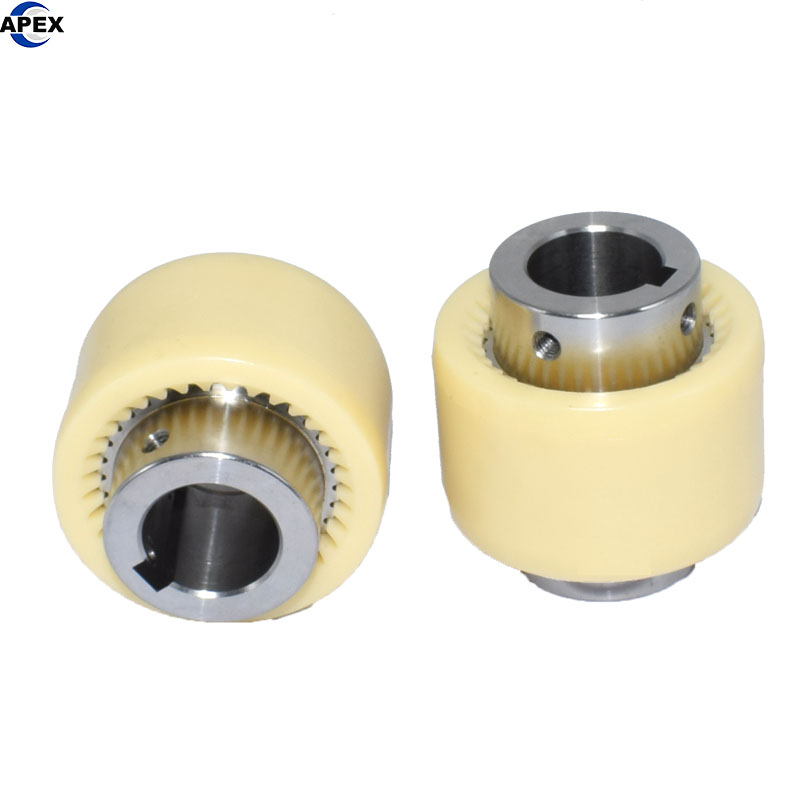OEM ODM Couping manufacturer.
Key Features:
✅ Durable Construction – S45C steel body with engineering-plastic gear sleeve
✅ Precision Performance – Handles speeds up to 10000 RPM with 10-380 N.M torque range
✅ Excellent Flexibility – Effectively compensates for misalignment and reduces vibration
✅ Wide Compatibility – Inner hole diameter 14-65mm, outer diameter 40-132mm
✅ Secure Connection – Keyway and setscrew tightening method for reliable operation
✅ Customizable – Full OEM support with standard and customized sizes available
Apex Coupling: Your OEM/ODM Partner for High-Performance Flexible Shaft Couplings. We provide custom-designed, durable couplings for various industries, ensuring perfect fit and reliable power transmission. Get your solution now!
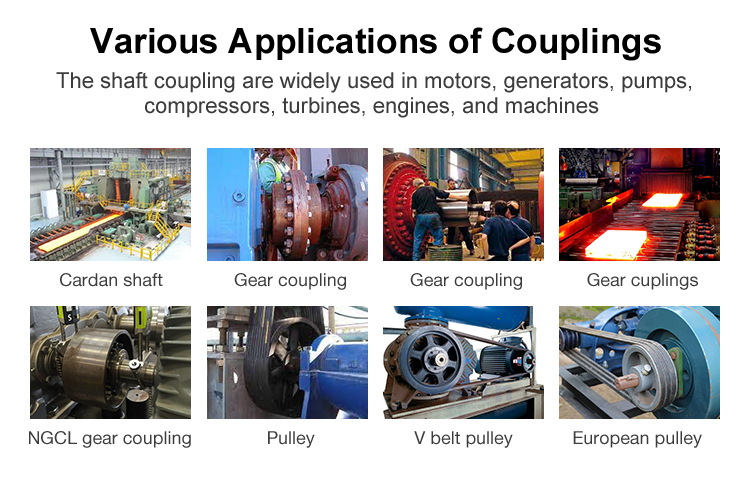
How to Choose a Gear Coupling: A 5-Step Guide
Step 1: Confirm a Gear Coupling is the Right Type
Gear couplings are a premium choice for demanding applications. Choose one when you need:
Very High Torque Capacity: They transmit more torque for their size than most other coupling types (high power density).
High-Speed Capability: When properly balanced, they are suitable for very high rotational speeds (e.g., in turbine drives).
Robustness & Durability: They are built to last in harsh environments like steel mills and mining.
Moderate Misalignment: They accommodate angular and parallel misalignment through the clearance between the crowned gear teeth.
Avoid gear couplings if: You require a maintenance-free solution (they need lubrication) or your application has very high axial movement.
Step 2: Determine Key Application Parameters
Gather these specifications with precision:
| Parameter | Why It’s Critical for Gear Couplings |
|---|---|
| Torque (Peak & Continuous) | The primary sizing factor. The coupling must handle the maximum peak torque without failure. |
| Speed (Max. RPM) | Determines the required level of dynamic balancing (e.g., API-standard balancing for turbomachinery). |
| Shaft Sizes & Keyways | Defines the bore size. For high speeds, keyless clamp hubs are preferred for better balance and grip. |
| Misalignment (Angular & Parallel) | You must calculate the expected values. While they handle misalignment well, exceeding the limits drastically reduces life. |
Step 3: Select the Specific Design & Flange Type
Single Engagement vs. Double Engagement:
Single Engagement: Has one flex plane. Requires a floating shaft to accommodate misalignment. Used for connecting two far-apart machines.
Double Engagement (Widely Used): Has two flex planes. Can accommodate angular, parallel, and some axial misalignment without a floating shaft. This is the most common type.
Flange Connection:
Continuous Sleeve: A single sleeve covers both hubs. Compact but harder to assemble.
Rigid Flange (Bolted): Two hubs are connected by a flange with bolts. Strong, common, and allows for easier inspection and maintenance.
Step 4: Specify Lubrication & Sealing Requirements
This is a critical differentiator for gear couplings.
Lubrication is Mandatory: The meshing gear teeth must be lubricated to prevent wear and failure.
Sealing System:
Gasketed Covers: Standard for general industry. Keeps lubricant in and contaminants out.
O-Ring Seals: Provide a superior seal for longer life and more reliable operation.
Lubrication Type: Specify if you require grease (common, easier) or oil (for high-speed/high-temperature applications).
Step 5: Finalize with a Specialized Supplier
Gear coupling selection is advanced. Choose a supplier with:
Engineering Support: They can perform torsional analysis and verify your selection for critical applications.
High-Performance Manufacturing: Ability to provide precisely crowned gear teeth and dynamic balancing.
Customization (OEM/ODM): Ability to provide special materials (e.g., stainless steel for corrosion), coatings, and bore sizes.
Summary: When to Choose a Gear Coupling?
Choose a gear coupling for these demanding applications:
Steel Mill Drives (rolling mills)
Turbine-Generator Sets
Marine Propulsion Systems
Large Pumps and Compressors
Mining & Mineral Processing (crushers, ball mills)
Key Advantages:
High Torque Density
High-Speed Capability
Torsional Rigidity
Durability
Key Consideration:
Requires Periodic Lubrication and Maintenance
Final Recommendation: The selection of a gear coupling is highly technical. For non-critical applications, manufacturer catalogs with torque/speed tables are sufficient. For critical machinery (turbines, high-speed compressors), it is essential to provide all parameters to the manufacturer for a verified, guaranteed selection. The cost of failure in these systems is too high to risk an incorrect choice.
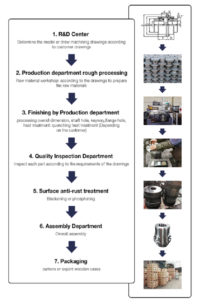
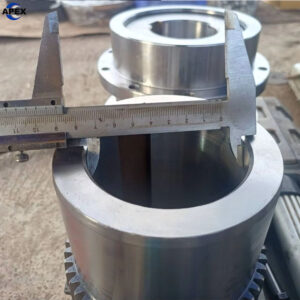
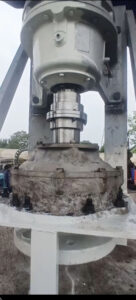
Customization options, customized on demand, sample processing, graphic processing.
Product Support traceability of raw materials
Quality control conducted on all production lines.
R&D engineer education levels3 graduate
Choose Confidence. Choose Safety.
Contact us today to discuss how our certified quality and safety standards can protect your operations. Request a quote and receive full technical data sheets for your evaluation.
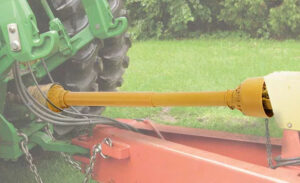
Our Commitment to You:
We guarantee that every coupling leaving our facility is built to perform safely and reliably. Our quality is not just a promise—it’s a result of a systematic, verifiable process built into everything we do.
